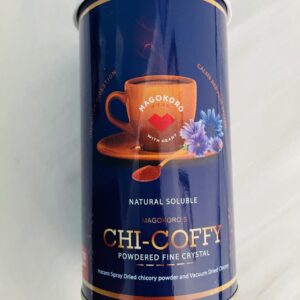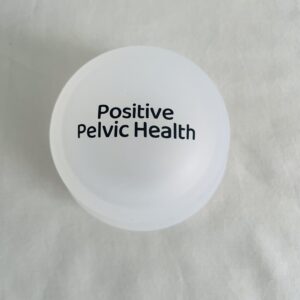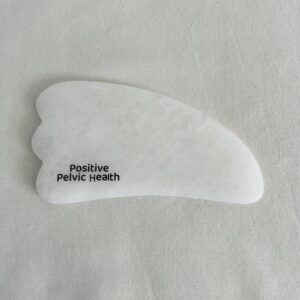Anal fissures are small tears in the anal lining and haemorrhoids are swollen blood vessels in the rectum. They can affect women at any stage of life, because of natural fluctuations in pelvic floor muscle tone, connective tissue health, and bowel habits, including constipation. They are, however, especially common during the postnatal period and menopause. These life stages bring unique stressors: childbirth elevates intra-abdominal pressure and pelvic muscle tension, while perimenopause and menopause involve a decline in estrogen and progesterone, connective tissue thinning, and slowed bowel transit, all of which increase susceptibility.
Anal Fissures:
Passing hard and/or large stools can tear the anal lining, initiating a fissure. Another trigger can be loose stools or diarrhoea. Both types of trauma can initiate tearing, which can cause the anal sphincter to reflexively contract and spasm, extreme pain, and further tightening of the muscle. This tightening of the muscles raises resting pressure, worsens the tear, and significantly reduces local blood flow. Because of this, crucial nutrients and oxygen are diminished, impairing healing and perpetuating the cycle.
Haemorrhoids:
Haemorrhoids develop when the soft, blood-filled tissue around the anus becomes swollen. This is often from straining, pelvic floor tension, heavy lifting, prolonged sitting, or the pressure of pregnancy. The swelling can lead to grape-like lumps inside the rectum or around the anus, which may bleed or cause itching and discomfort.
A Shared Physiological Pathway
Both conditions share a common thread: excess pressure (from stool consistency, muscle tension, posture and hormones) combined with poor circulation (due to sphincter spasm or venous engorgement).
- In fissures, spasm restricts blood flow, slows healing, and guides management toward relaxation and tissue perfusion.
- In haemorrhoids, venous congestion worsened by tension and strain requires strategies to manage pressure and support venous return.
Holistic pelvic floor physiotherapy uses management strategies to break the spasm–ischaemia–pain loop by:
- Releasing muscle tension using myofascial release or trigger-point techniques to improve blood flow.
- Retraining coordination of pelvic and abdominal muscles to reduce strain during defecation.
- Optimising toileting posture using squatting or stool support with diaphragmatic breathing to ease passage and relieve pressure.
- Supporting venous drainage through pelvic alignment and movement guidance.
This multifaceted approach not only supports the healing of fissures and the reduction of haemorrhoids, but also addresses the root causes: elevated pressure and poor blood flow in the pelvic region. Improving circulation and relieving strain promotes lasting relief, not just temporary fixes.
Jennifer runs an in-home clinic in Maungaraki, Lower Hutt. She helps women from the Wellington region, including Porirua, Upper Hutt, the Kāpiti Coast and the Wairarapa, with their pelvic health physiotherapy needs, at all stages of life.



